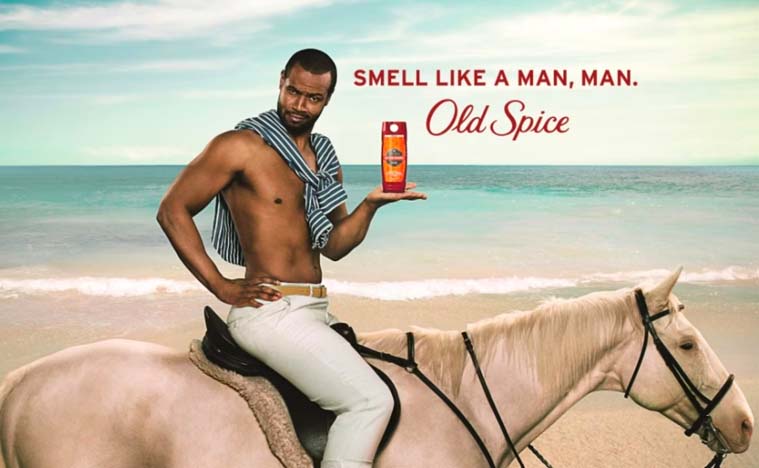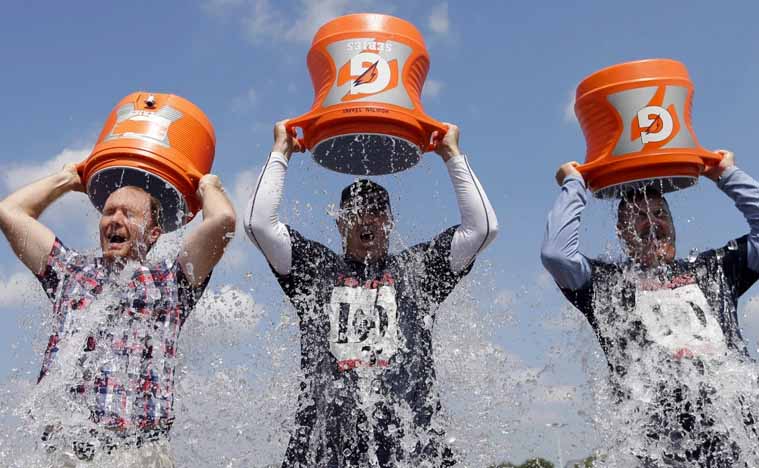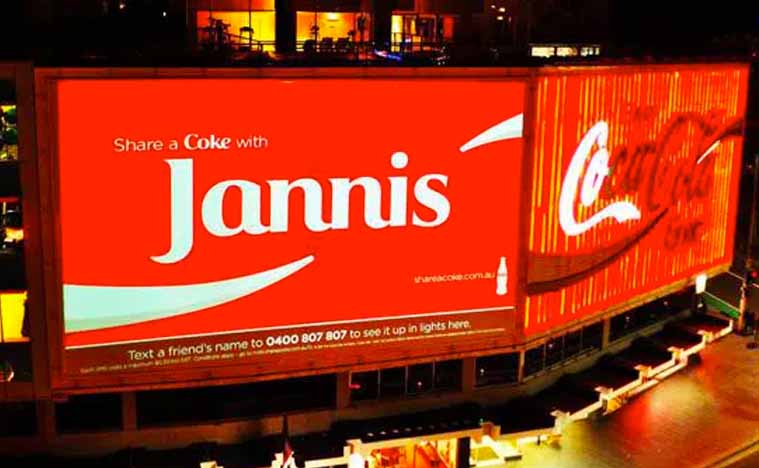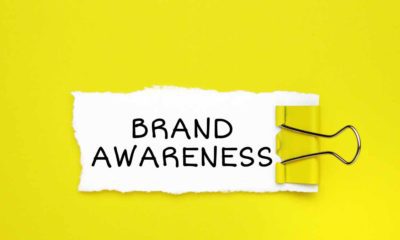Featured
Viral Marketing: What Is It & How Does It Work
In the fast-paced world of digital marketing, standing out from the competition is more critical than ever. Viral marketing has emerged as an essential tool. Specifically, it helps businesses harness the power of social media and word of mouth. This is done in an effort to create buzz and propel their brand into the spotlight. Viral marketing is a popular strategy embraced by numerous businesses.
Viral marketing is a phenomenon. In addition, it has been amplified by the rapid expansion of social media and the sheer volume of content vying for our attention. People are spending more time online and on social media platforms. As a result, businesses have recognized the immense potential of leveraging these channels to create marketing campaigns that capture the hearts and minds of their target audience.
As we journey through this article, we’ll uncover the inner workings of viral marketing. We’ll also be providing insights and tips for businesses looking to create a viral sensation that leads to increased brand awareness, customer engagement, and ultimately, growth and success.
What Is Viral Marketing?
Viral marketing is a powerful promotional strategy. The strategy looks to capitalize on a combination of social media, word of mouth, and various other channels to generate excitement and enthusiasm around a product, service, or brand. Drawing its name from the rapid and widespread nature of a virus. Viral marketing looks to disseminate a message far and wide by motivating people to share the content within their personal and professional networks.
In essence, viral marketing turns consumers into brand ambassadors. While at the same time amplifying the reach of a marketing message exponentially as it gets shared across various platforms. This strategy relies on the creation of compelling, share-worthy content that resonates with the audience and sparks conversation. By tapping into the interests and emotions of consumers, viral marketing seeks to establish a connection that not only encourages sharing but also fosters a sense of loyalty and affinity towards the brand.
At the core of viral marketing lies the understanding of human behavior. As well as the natural inclination to share things we find interesting, informative, or entertaining. By aligning the marketing message with these intrinsic motivations, businesses can maximize the impact of their campaigns and harness the power of digital platforms to propel their brand to new heights.
[Read More] What Is CPM In Marketing?
Benefits of Viral Marketing
Viral marketing presents a unique set of advantages that make it an attractive option for businesses looking to create a strong presence in the digital realm. By understanding the key benefits of viral marketing, businesses can better appreciate the impact it can have on their brand and overall success. The primary benefits of viral marketing include:
- Increased brand awareness: When a marketing campaign goes viral, it can quickly reach a large audience, leading to increased awareness and recognition of your brand. This heightened visibility can help businesses establish a strong brand identity and attract new customers.
- Cost-effectiveness: Compared to traditional marketing methods, viral marketing can be relatively inexpensive. As the majority of the promotion is done by the users sharing the content. This user-driven promotion not only reduces marketing costs but also allows businesses to allocate resources to other important aspects of their operations.
- Enhanced credibility: When people share content, they implicitly endorse it. This word-of-mouth marketing can build trust and credibility for your brand. As consumers often rely on recommendations from friends, family, and peers, this endorsement can play a crucial role in shaping brand perception and driving purchase decisions.
- Improved customer engagement: Viral marketing campaigns often foster interaction between the brand and its audience. By creating content that encourages user-generated responses, such as comments, likes, and shares, businesses can foster a sense of community and engagement among their customers. This active participation can lead to increased customer loyalty and repeat business.
- Greater potential for long-term growth: A successful viral marketing campaign can have lasting effects on a brand’s growth trajectory. As the campaign reaches a larger audience and generates increased brand awareness, businesses can capitalize on this momentum to develop lasting relationships with their customers and achieve sustained growth.
Types of Viral Marketing
Viral marketing encompasses a diverse range of strategies, each tailored to meet specific objectives and target audiences. By understanding the different types of viral marketing approaches, businesses can choose the best strategy to create buzz and drive engagement for their brand. The various types of viral marketing strategies include:
- Content-based: Creating engaging content, such as blog posts, videos, or infographics, is at the heart of many viral marketing campaigns. By producing high-quality, share-worthy content that resonates with users, businesses can encourage organic sharing and foster a positive brand image.
- Giveaways and contests: Offering incentives for users to share your content or participate in a competition can be an effective way to generate excitement and encourage sharing. Giveaways and contests often leverage the power of social proof, as people are more likely to engage with content that has already been shared and endorsed by others.
- Referral programs: Encouraging customers to refer friends and family in exchange for rewards or discounts can be a powerful driver of viral marketing. Referral programs tap into the inherent trust that exists within personal networks and incentivize users to become brand advocates.
- Influencer partnerships: Collaborating with influencers and content creators can help businesses amplify their message and reach a larger audience. Influencers have established trust and credibility with their followers. This makes their endorsements highly valuable for brands looking to create a viral marketing campaign.
- User-generated content: Encouraging users to create and share their own content related to your brand can be an effective viral marketing strategy. User-generated content (UGC) can drive engagement. It also provides social proof and authentic testimonials that can strengthen your brand image.
How to Create a Successful Viral Marketing Campaign
Creating a successful viral marketing campaign requires a strategic approach that combines creativity, audience understanding, and data-driven insights. To launch a viral marketing campaign that captures attention and drives engagement, follow these essential steps:
- Target the right audience: Identifying your target audience is the first step in creating a viral marketing campaign. Research their preferences, habits, and values to gain a deep understanding of their motivations and interests.
- Craft a compelling message: Develop a clear and engaging message that speaks to your audience’s emotions, interests, or needs. Remember, content that evokes strong emotions – be it joy, surprise, or even anger – is more likely to be shared.
- Choose the appropriate channels: Select the best platforms to reach your target audience. For example social media, email, or influencer partnerships. Each channel has its unique features and user demographics. This is why it’s crucial to choose the ones that align with your target audience and campaign objectives.
- Create share-worthy content: Ensure that your content is easily shareable. This can be done by incorporating social sharing buttons, using eye-catching visuals, and crafting attention-grabbing headlines. Make it simple for users to share your content and increase the likelihood of your campaign going viral.
- Leverage influencers and partnerships: Collaborate with influencers, content creators, or other brands that share your target audience. This will help amplify your message and increase reach. These partnerships can add credibility to your campaign and help you tap into new networks that might otherwise be difficult to access.
- Monitor and adapt: Track the performance of your campaign, including engagement, reach, and conversions. Use data-driven insights to adjust your strategy as needed to optimize results. Be prepared to pivot and make changes based on the response to your campaign.
[Read More] How To Create A Marketing Plan In 10 Simple Steps
Examples of Successful Viral Marketing Campaigns
Various brands have made a lasting impact through innovative and memorable viral marketing campaigns. These campaigns have not only increased brand awareness but also driven significant growth and success. Here are some notable examples of viral marketing campaigns that captured the world’s attention:
Old Spice
The iconic “The Man Your Man Could Smell Like” campaign took the internet by storm with its humorous and unexpected approach to advertising men’s body wash. Featuring the suave and charismatic Isaiah Mustafa, the ad became an instant viral sensation. This resulted in a significant increase in sales and brand recognition for Old Spice. The campaign’s success can be attributed to its clever use of humor, memorable catchphrases, and share-worthy content that appealed to a broad audience.
ALS Ice Bucket Challenge
This social media-driven campaign raised awareness and funds for ALS (amyotrophic lateral sclerosis) research. In detail, people across the globe nominated others to pour a bucket of ice water over themselves and donate to the cause. The ALS Ice Bucket Challenge quickly became a viral phenomenon. Celebrities, politicians, and everyday people participated in the challenge and shared their videos on social media. The campaign’s success was rooted in its simplicity, strong emotional appeal, and the sense of community and purpose it fostered among participants.
Coca-Cola – Share a Coke
In 2011, Coca-Cola launched the “Share a Coke” campaign. In the campaign, the company replaced the brand’s logo on bottles and cans with popular names and encouraged people to share a Coke with friends and family. The campaign was a massive success, driving increased sales and fostering a sense of personal connection with the brand. The success of the “Share a Coke” campaign can be attributed to its personalized approach, which tapped into consumers’ desire for unique experiences and connections.
These examples of successful viral marketing campaigns demonstrate the power of creativity, emotional appeal, and audience engagement in driving brand awareness and growth. By studying the strategies used in these campaigns, businesses can glean valuable insights to inform their own viral marketing efforts.
[Read More] High Ticket Digital Marketing: What Is It & How Does It Work
Bottom Line
Above all, viral marketing is an effective and cost-efficient marketing strategy for businesses looking to increase brand awareness and reach a broad audience. By understanding the mechanics of viral marketing and implementing a well-crafted campaign, you can leverage the power of social media and word of mouth to drive growth and success for your brand.
FAQs
What is the difference between viral marketing and traditional marketing?
Viral marketing relies on users sharing content with their networks. Whereas traditional marketing uses paid advertising, direct mail, or other methods to reach consumers.
How can I measure the success of a viral marketing campaign?
Key performance indicators (KPIs) can include social media engagement, website traffic, and conversions. It’s essential to set goals and track these metrics to evaluate success.
Do viral marketing campaigns always guarantee success?
No, not all campaigns go viral, and not all viral campaigns result in long-term success. It’s crucial to plan, execute, and monitor your campaign to maximize its potential.
How long does it take for a marketing campaign to go viral?
There is no set time frame for a campaign to go viral. It can happen within hours, days, or even weeks, depending on the content, audience, and channels used.
Can small businesses benefit from viral marketing?
Yes, viral marketing can be an excellent tool for small businesses. As a matter of fact, it can increase brand awareness and customer engagement without a substantial financial investment.
Brett Heimann is a marketing & advertising professional with 10 years of experience. He's the founder of MarketingAgency.com and contributes to other publications such as; Entrepreneur, Thrive Global, and StockMarket.com. His passion for digital marketing began after graduating with a B.S.B.A in business administration and finance in 2013. After completing college, he went on to become an entrepreneur in the marketing and finance space. Brett loves the ability to deliver to his readers engaging and educational content that can be easily consumed by the reader. He enjoys writing about a wide variety of marketing topics such as; Search Engine Optimization (SEO), Paid Advertising (PPC), E-Commerce, and Lead Generation For SMBs to name a few. Brett, a South Florida native, enjoys spending time with his wife and two sons outdoors and is a big basketball and MMA fan.














